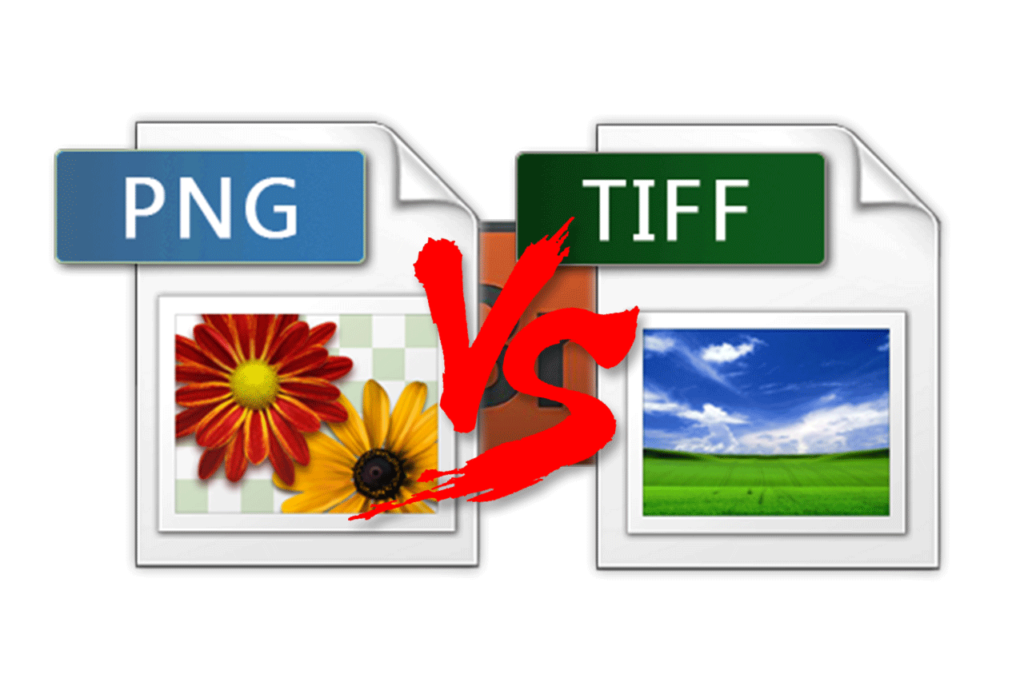In the world of online picture sharing, png tends to be king. Most people are familiar with this form of a picture file. It is the file of choice for a variety of artists, from graphic designers to photographers.
png files are not the only picture format out there though, there is another high-quality file format that tends to be overlooked.
The tiff file.
In a comparison of tiff vs. png which reigns supreme? Is one better than the other? Read on to find out the differences between these formats and find which one works for you.
PNG Files and Their Uses
Next to jpg (or jpeg if you prefer) files, png files are the most well-known format to the average person. Even if someone doesn’t work much with pictures on the computer, chances are they know that a png file is for pictures but not much else. Below is a quick png file guide that covers the basics.
“png” stands for portable networks graphics and is comparatively lightweight and versatile. They support a few colors (16 million to be exact), support layers, and allow for transparency. These features make them valuable for projects from logo design to video game texture creation.
Another benefit of png files is their ability to change into a different file format, like the jpg file. There are plenty of downloadable programs that support this conversion, but browser-based png to jpg converters are available as well.
TIFF Files and Their Uses
It is easy to assume that tiff files, due to their comparative obscurity to jpg and png files, are a recent creation. In fact, the opposite is true. tiff files are the oldest of the three.
The original was released in 1986 compared to the jpg released in 1992 and the png in 1996. “But what is a tiff file?” You may ask.
A tiff file is a large picture file format, bigger than a png file, and supports everything a png file can support. Transparency, colors, and lossless compression are the main qualities of tiff files.
Because they are so large and “heavy” a tiff file isn’t usually used by the average person uploading their vacation photos. Instead, it is the file of choice for professionals.
TIFF vs. PNG Which Is for You?
In short, the tiff file could be considered the heavy-duty older sibling to the png.
- Both support raster images, images made from hundreds of thousands of colored pixels
- Both allow for transparency
- Both are high quality and do not lose their quality when compressed
The tiff file is much larger than the png, making its images higher quality but unsuited for casual use. Websites refrain from using tiff files to avoid slowing their pages down. Professionals still prefer them for their ease of scanning and printing.
png files, while still large, are small enough for any software to work with.
And the Winner Is…
Both!
In the tiff vs. png debate, there is no real winner. Both file formats work, and it is a matter of context as to which is suitable for a specific project. The unchanging tiff file for touchups on a photograph that will be in magazines, or the lighter png for digital works.
Personal preference is the key factor, making both formats just as viable.
If you found this crash course in a few factors of digital art interesting, be sure to read our other beauty, home, and writing posts for more views on the beautifully variable world of arts!





